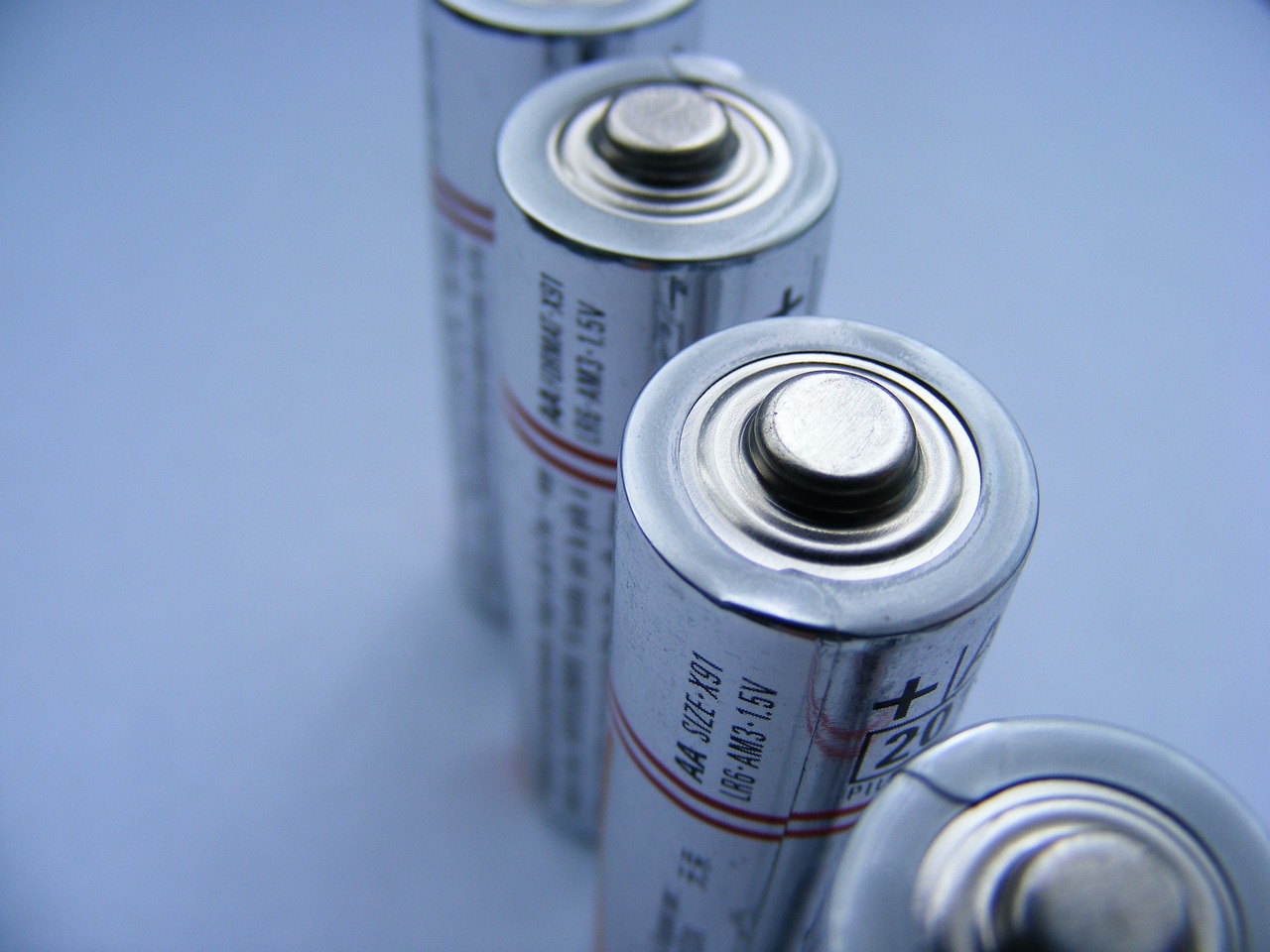This post is also available in:
 עברית (Hebrew)
עברית (Hebrew)
By Arie Egozi
The numbers indicate the trend – there is a growing demand for loitering weapon systems. These are smart systems that loiter above the target and strike when the opportunity arrives. Armed forces have just actually begun to understand the potential in loitering weapon systems.
The Israeli defense industries have been involved in such systems for many years. The Harop, one of the most advanced loitering weapon systems, has been developed by Israel aerospace industries (IAI). The Harop has been developed to destroy high-quality targets. It consists of the munition unit, transportable launcher and a mission control shelter, which provides real-time access to control the Harop by a man-in-the-loop.
The Harop can be launched from various transportable platforms including sea and ground based canisters or air launched to navigate towards the potential target area. It can be launched at any angle, horizontal or at a vertical trajectory. The sealed container ensures protection from harsh battlefield conditions.
The Harop is armed with a 23 kg warhead and is equipped with a very advanced day/night payload (POP-250) made by the Tamam division of IAI. Harop has an operational range of 1,000 km and an endurance of six hours.
The Harop is large and heavy, and it is built to destroy large heavy targets. But when a trend begins, sizes get diversified and that is exactly what is happening.
UVision, the Israeli manufacturer of unmanned expandable air systems (UAS) has unveiled its Hero-30 system, the smallest version of its family of such systems.
The Hero-30 loitering munition is a small (3kg) expendable, very accurate munition carried in a canister that is used also as a pneumatic launcher. After launch, the electric motor is turned on.
The Hero-30 is equipped with a day/night sensor and has an endurance of 30 minutes. After being launched, the HERO-30 locks on the predesigned target and transmits the video to the operator using a hand held unit.
The Hero-30 loiters in altitudes between 300 and 600 meters above the ground. The data link that was developed for the system can control it in ranges of 5-10 or 40 km, depending on the antenna used.
The Hero-30 is 78 cm long and has a wingspan of 80 cm. The system is currently armed with an anti-personnel warhead but, according to UVision, other warheads will be available in the near future.
Recently, the special forces of an unnamed country have ordered the Israeli-developed Hero-30 system.
Aeronautics has also entered this field recently, with its loitering armed system.
The demand for small loitering munitions systems has increased in recent years mainly due to the operational lessons from the war against international terrorism.
The capability of small units to attack sources of fire independently has become crucial in the combat in urban areas. That is the trend and Israeli sources say that there is an “impressive” effort to develop more such systems.
Some are in a very advanced stage of development while others are still only on the computer screens. But there is no doubt that the variety of loitering weapon systems is about to grow dramatically in the near future.


























